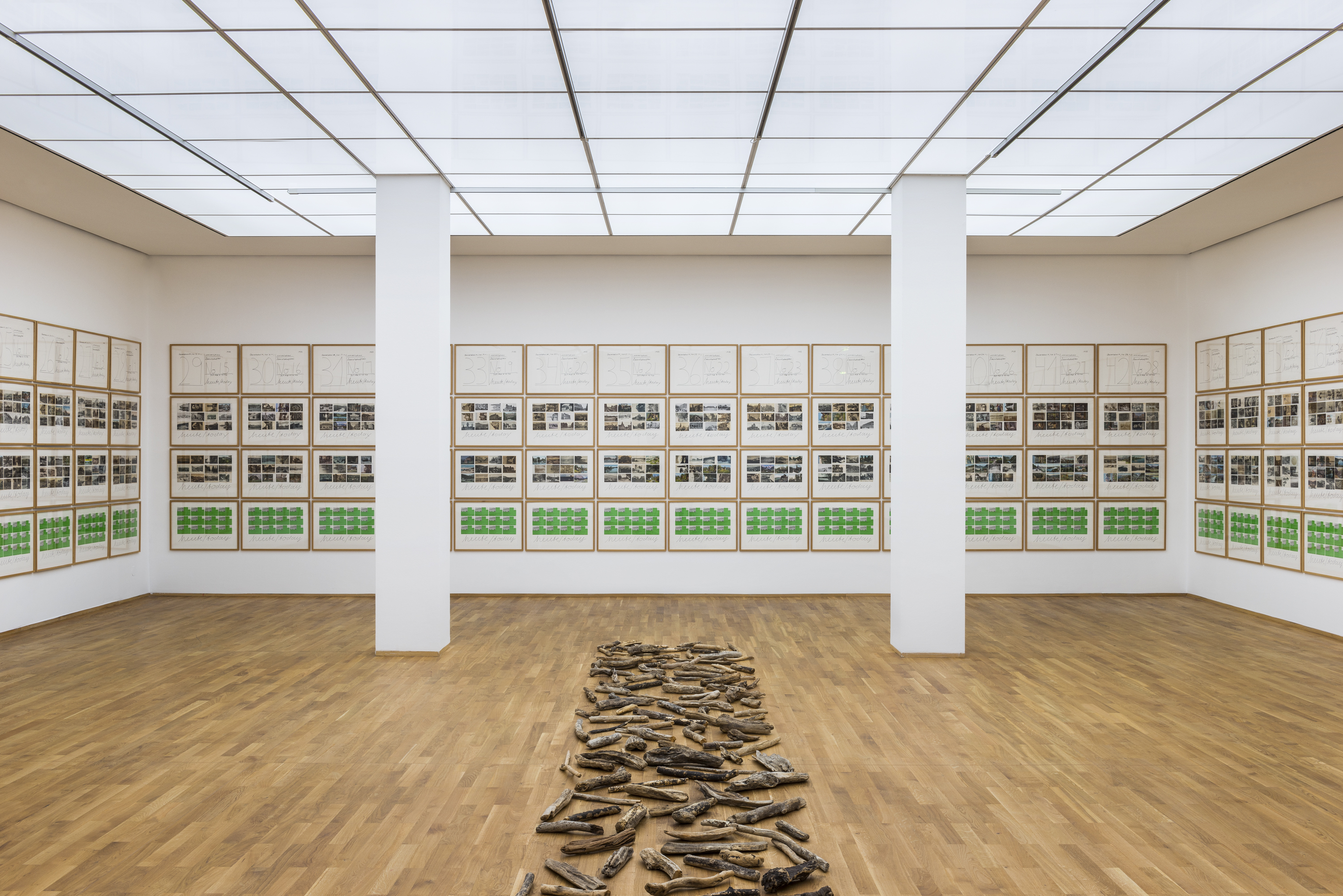On the occasion of the donation of 15 important works and work complexes by Hanne Darboven to the Nationalgalerie by Susanne and Michael Liebelt, the Hamburger Bahnhof - Museum für Aktuell - Berlin is dedicating an exhibition to this important representative of conceptual art in Germany. The Nationalgalerie therefore has works from all phases of the artist's work, who died in 2009.
The exhibition “Hanne Darboven. Correspondences” shows drawings, numerical constructions and serial image sequences by the artist, which were created in an examination of Minimal and Conceptual Art. These works are combined with mailings from 1967 to 1975, revealing the establishment and maintenance of a dense network of artists, curators and friends. Before her death, the artist selected around 1,150 letters, postcards, sketches, plans and photographs from this period and made them available to the public under the title “Correspondence”. This collection from the Hanne Darboven Foundation provides previously unknown insights into the artist's work process and the art system around 1970. After the correspondence of the "Korrespondenz" was published in 2016 in a facsimile edition made possible by the Liebelt Foundation Hamburg, the collection is now exhibited for the first time.
In this way, a figure comes to the fore who, along with the artist, collector and composer, has previously been in the shadows: Hanne Darboven, the letter writer and her unbridled passion for writing. The exhibition shows a selection of the mailings received by Hanne Darboven or written by her to long-time friends. Hundreds of letters were exchanged in particular between Carl Andre, Roy Colmer, Isi Fiszman, Sol LeWitt, Lawrence Weiner and members of the family.
